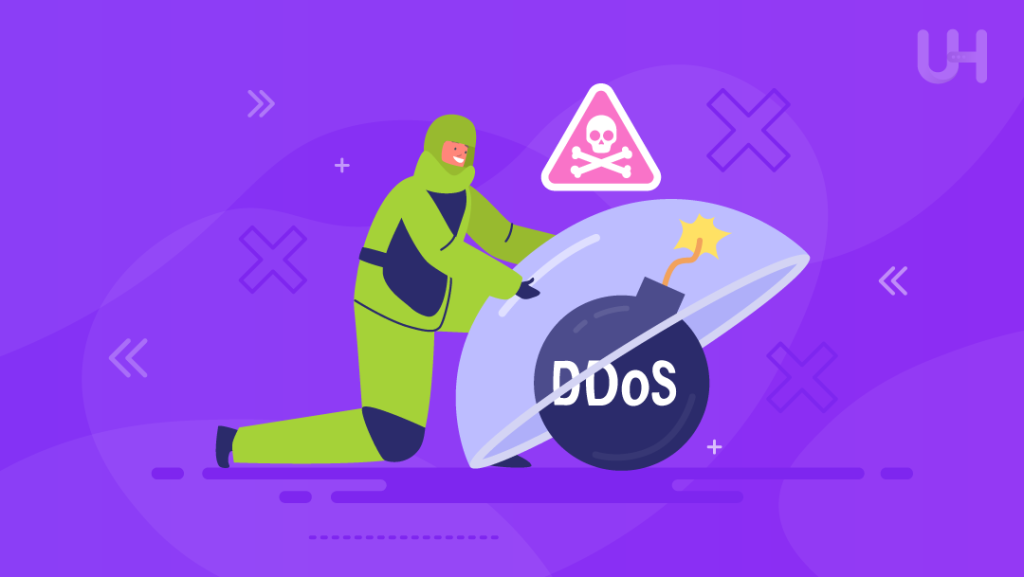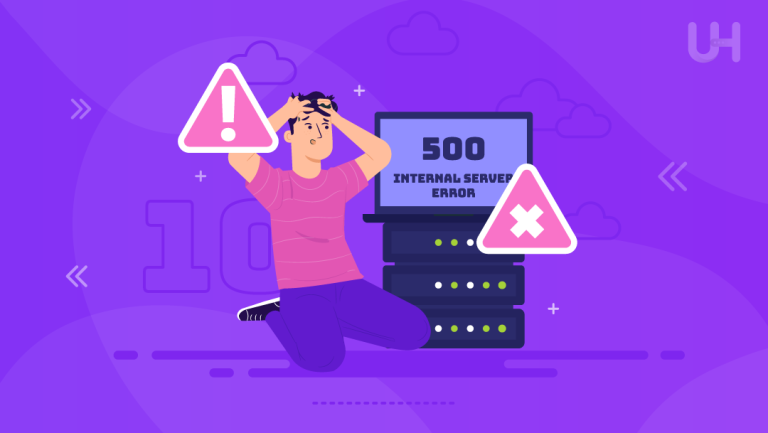Businesses that do not have any digital presence are a rare case to find nowadays, at least, they all usually have a website. If you are starting the journey of a new business and have just opened a website, you should know that this could all be an exciting process, but there are many ups and downs when starting a new project.
You may have heard about websites being “hacked” and might think this is not a risk for a brand-new business and their website. Unfortunately, it is a possibility, and if your security system is simple, you could be easily hacked.
According to Accenture’s Cost of Cybercrime Study, 43% of hacker attacks are directed at small businesses, but only 14% can protect themselves.
The more you educate yourself about the types of website attacks, the better you can protect your new website. We’ve collected the most common types of cyber attacks on websites:
Phishing Attacks
These attacks use manipulation to fool individuals into sharing sensitive information. They aim for valuable information like credentials, usernames, passwords, credit or debit card numbers, or other personal details.
The most common scams for phishing attacks are delivered as emails, direct messages, or fake websites claiming to be legit organizations.
An email from your bank, e.g., could claim that their security has been compromised and that they need you to click a specific link to confirm your identity. When you click it, it’ll probably lead you to a website that looks like your bank interface, asking for your private data and login details.
Once you complete this, your credentials are in the thief’s hands. With this valuable information at their disposal, they could rob you and have full control over your accounts.
SQL Injection
One popular web attack type among hackers is SQL injection. This allows attackers to compromise your server’s HTTP cookies, web forms, or HTTP posts to handle data out of your database.
They crack input fields (the ones you’d use in an online form) and include malicious codes designed to mislead your server into providing unauthorized (and maybe yet not protected) sensitive data.
If your business includes an online shop, one of these attacks could give cybercriminals access to your customer’s payment information and other personal data. Keeping the trust of your clients is essential for an online business, if you lose that you could lose your entire brand.
Cross-Site Scripting (XSS)
Cross-site scripting is similar to SQL injection but slightly different. In this case, hackers inject harmful scripts into web pages, to steal users’ information. They try to trick a server into delivering malicious scripts to the browsers, which will automatically execute them once received. This can:
- Filtrate information;
- Install viruses;
- Redirect your client to a corrupted website.
Both XSS and SQL Injection put your customers’ information at high risk and might end up in an unlucky episode that could ruin your reputation.
DDoS Attacks

Has your website ever experienced a sudden increase in website traffic and you realize it’s not genuine visitors? That’s the main way Distributed Denial of Service (DDoS) attacks work. Hackers collapse your server with an overwhelming volume of requests, causing it to crash.
Most new websites have limited web servers and network resources to handle traffic. If you have a limited budget for web hosting, your website could be using a shared one that can’t handle much more than a few visitors.
Small business websites are more likely to suffer this sort of attack and it would take a lot of investing to repair an attack like this.
MiTM
Man-in-the-middle attacks are usual within sites that haven’t been encrypted and data moves from the user to the servers (HTTP sited instead of HTTPS). Hackers get to the data easily because it’s transferred between two servers. Unencrypted data allows attackers to read personal, login, or other sensitive details.
An SSL certificate can help mitigate these risks on your website because it will encrypt all the information. Most modern hosting providers feature an SSL certificate with their hosting package, but make sure to have one.
Additionally, data can be encrypted if you install a Virtual Private Network (VPN) to protect yourself. VPN services are easy to get for computers and mobile phones (Android and iOS). All operating systems should be protected. You can download a VPN like Surfshark for Android.
Implementing these MITM defense strategies will enhance your site’s security, ensuring that sensitive information remains protected from attackers.

Password-Based Attacks
Weak passwords are sometimes responsible for the success of these low-level attacks. A study by Keeper shows that three out of four people do not use safe password practices.
The use of complex, unique passwords, multi-factor authentication (MFA), and password managers can significantly reduce the risk of these attacks. Adopting a robust password security strategy can seem silly and obvious, but it is essential to safeguarding your information.
Conclusion
It’s easy to get scared after reading this article and the truth is that both high and low-level security measures are demanded in today’s digital landscape. Though it’s useful to keep up with trending threats, business owners and entrepreneurs should also consider consulting security professionals.
One thing is for sure. understanding these 6 common tactics employed by hackers will help you to implement resourceful proactive security measures.
For enhanced protection, consider investing in solutions like a DDoS-protected VPS. To learn more about how a DDoS-protected VPS can fortify your website’s defenses, visit UltaHost. Stay safe and keep your website secure!









